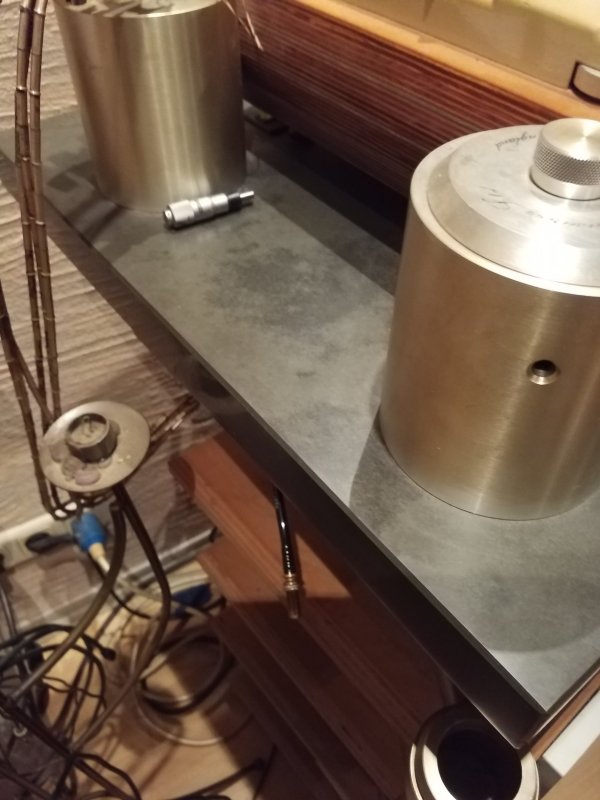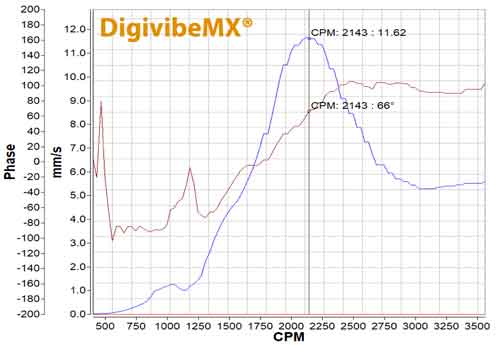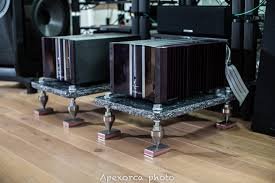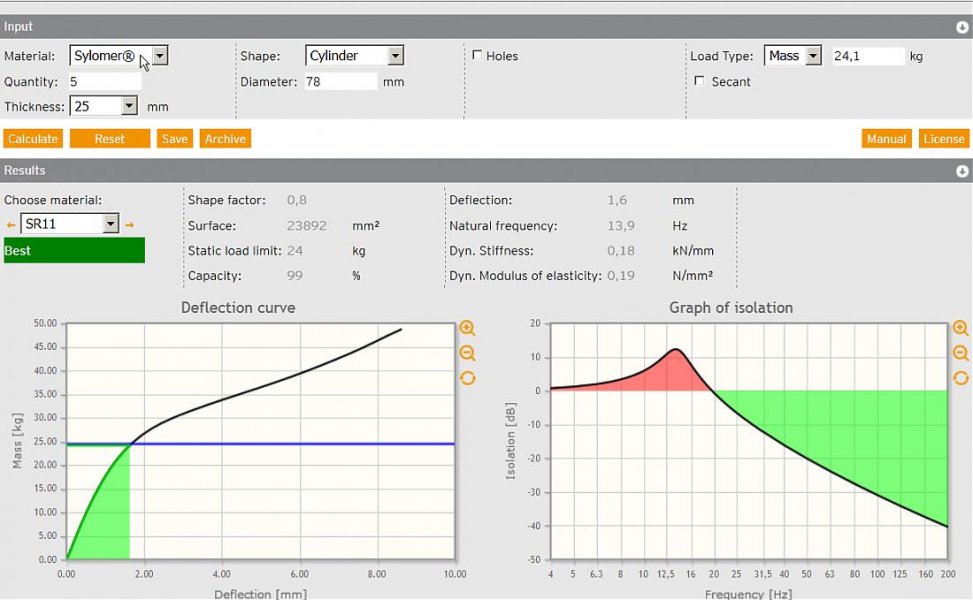WRT the butcher block thing:
The idea with a platform is to be able to absorb vibration as much as possible and to provide a still place on which the equipment can sit.
To that end, butcher block by itself isn't all that great- it does resonate (pick it up and hit it!).
Does this concern depend upon the anti-vibration strategy pursuant to which the butcher block is employed? What if in a particular application the butcherblock is not intended to absorb vibration?
For example, if that Butcherblock Acoustics company intends for the butcherblock simply to be very solid and dimensionally stable, in lieu of steel or Corian or granite, but then places above or below the butcherblock, or above and below the butcherblock, vibration absorbing feet and separation discs or hemispheres, does that mitigate the concern that the butcherblock itself is resonant?
Last edited:











